Browse our archives by topic…
Blog
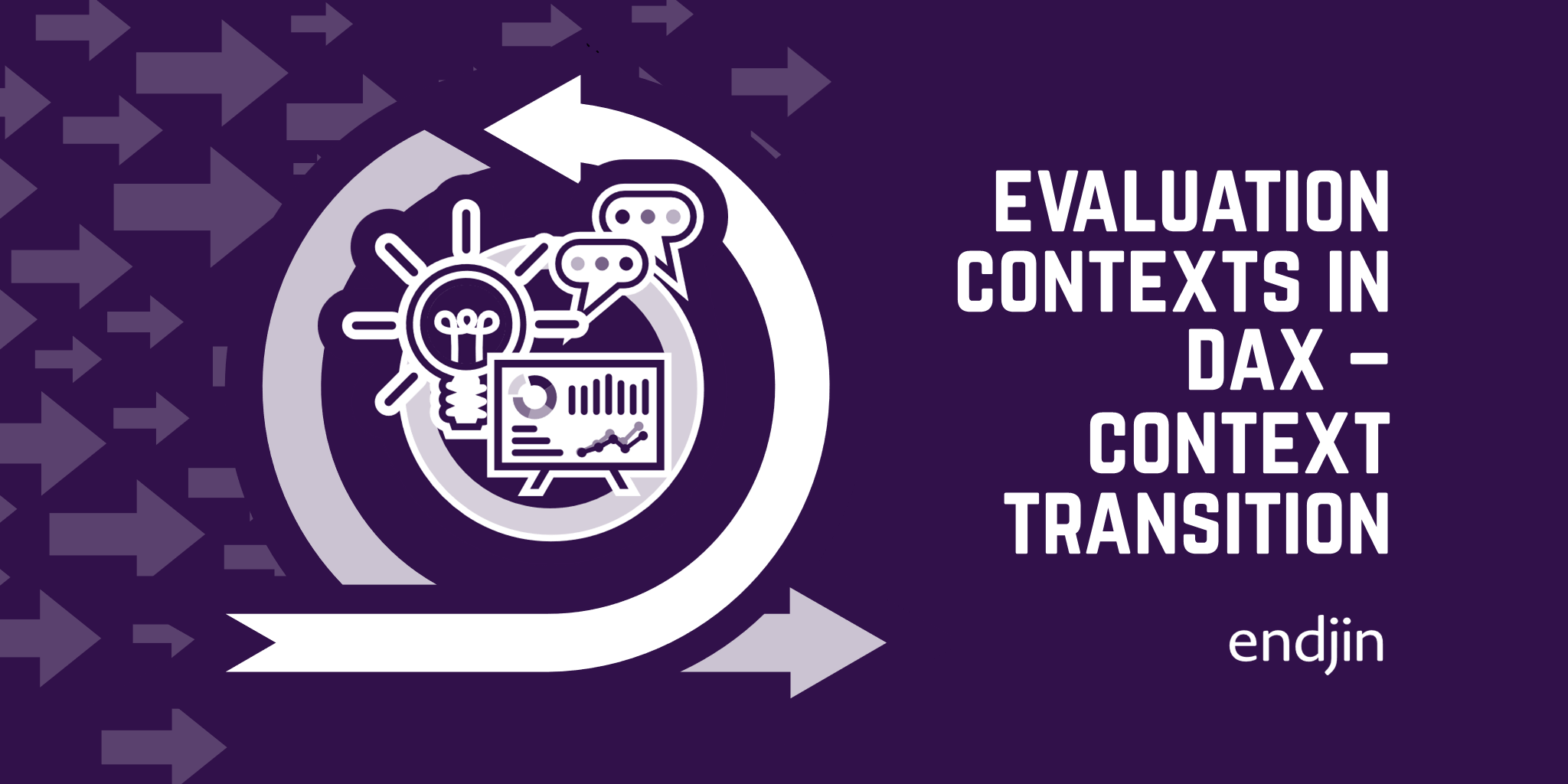
Evaluation Contexts in DAX - Context Transition
In this third and final part of this series, we learn how CALCULATE performs Context Transition when used inside of a filter context.

Digital Asset Register
We describe how to create a high level view of your digital assets, where everything is measured equally and actionable insights can be generated.
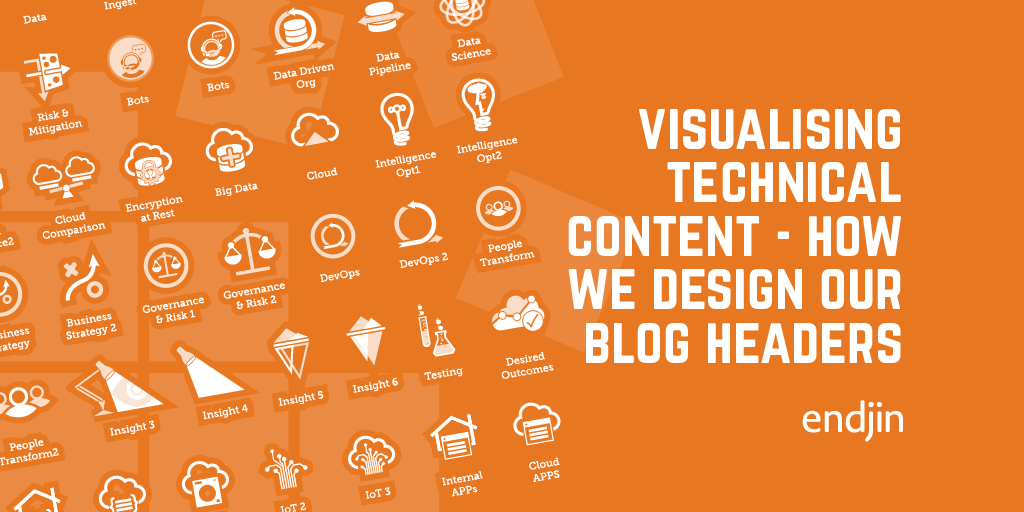
Visualising Technical Content - How we Design our Blog Headers
In this post we will be talking about our graphic process from conception to finalisation. We will look at Icons, Pictograms, Ideogram, and how we utilise this form of design to illustrate abstract technical concepts within our blog header graphics.
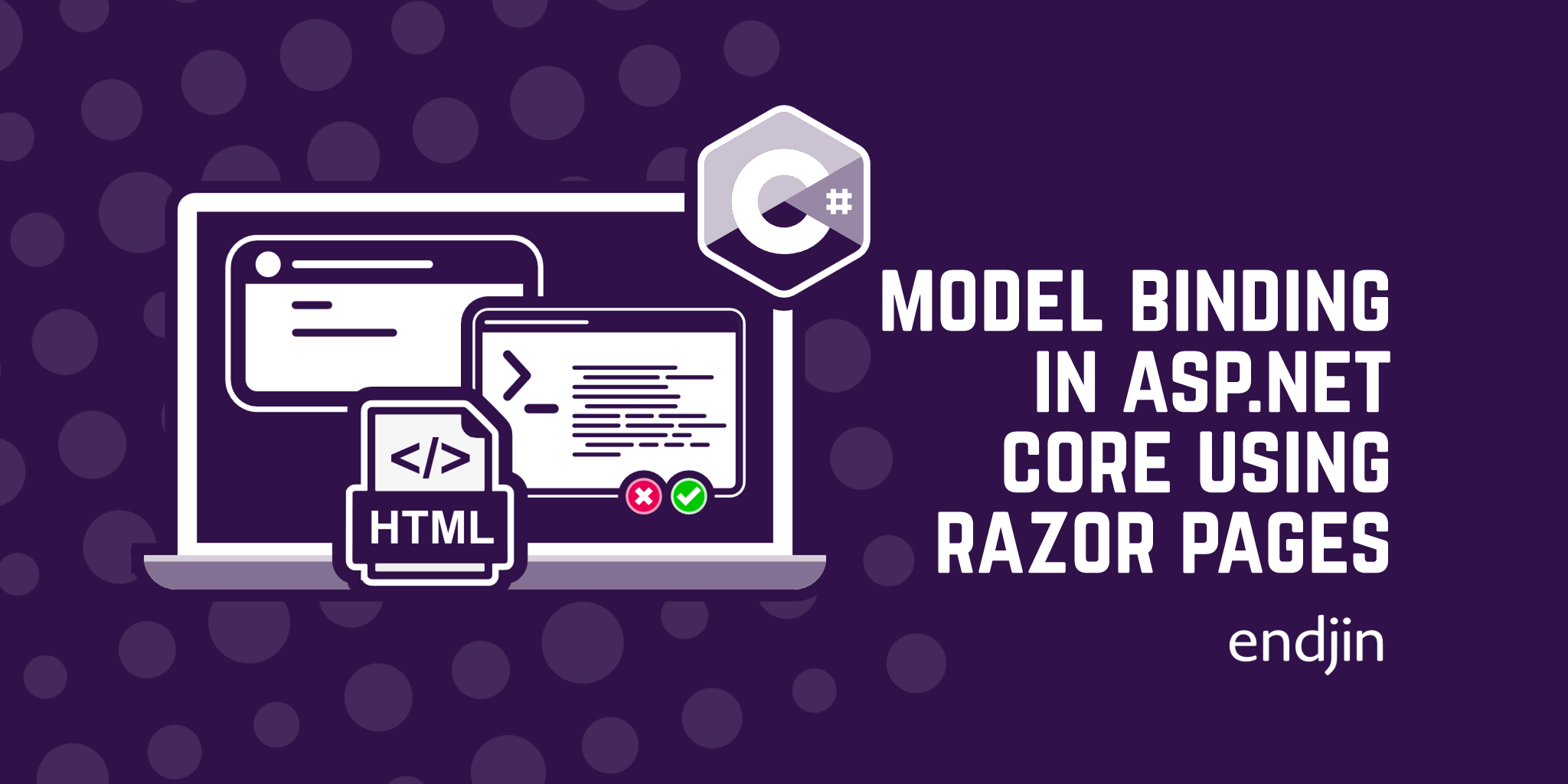
Model Binding in ASP.NET Core using Razor Pages
Explore model binding in web apps, a process that extracts data from HTTP requests & converts it to .NET types for easy input model integration.
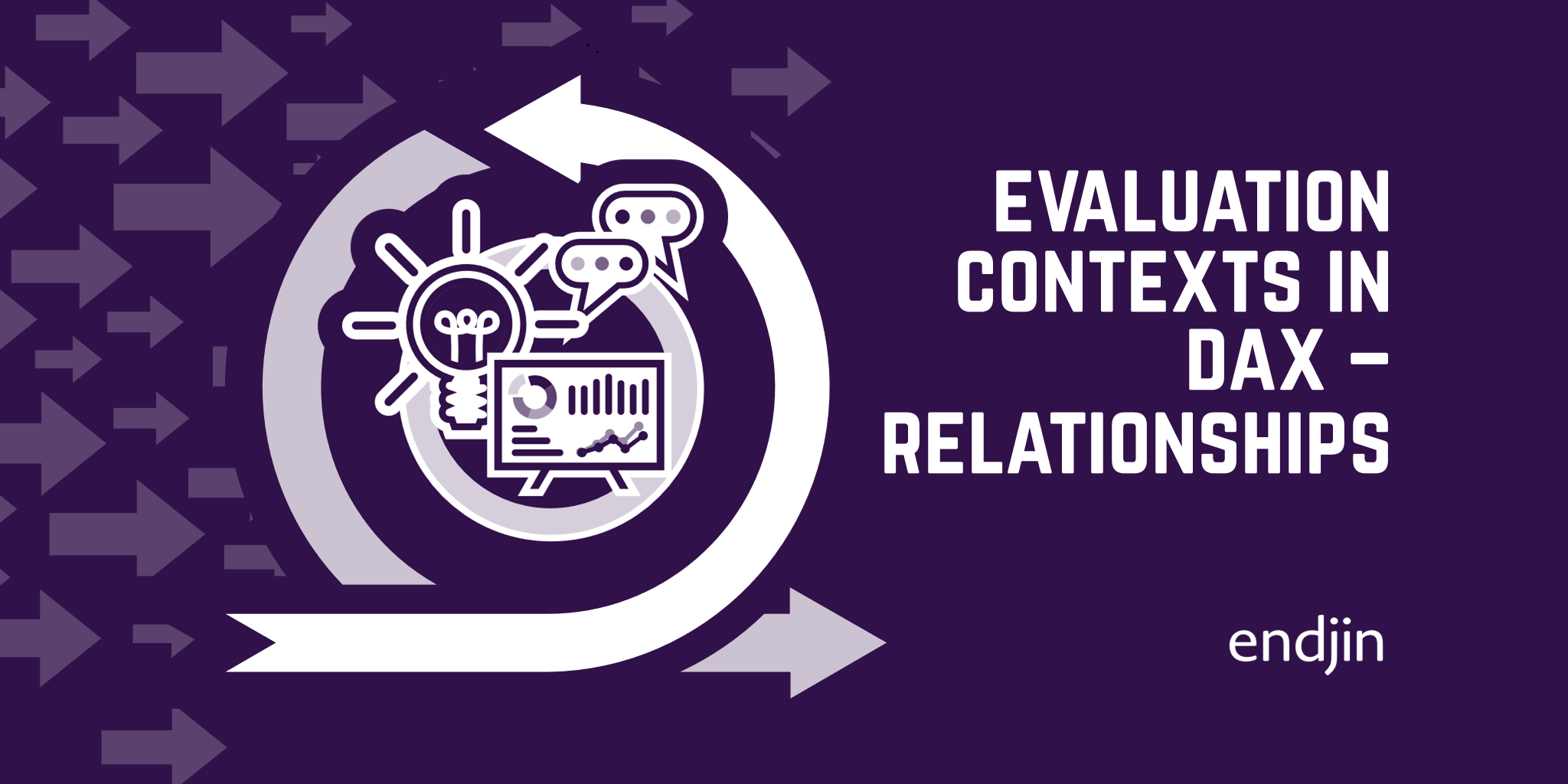
Evaluation Contexts in DAX - Relationships
After learning about the two different types of evaluation contexts in our previous post, we now talk about table relationships and how these interact with the filter and row contexts to condition the output of our DAX code.
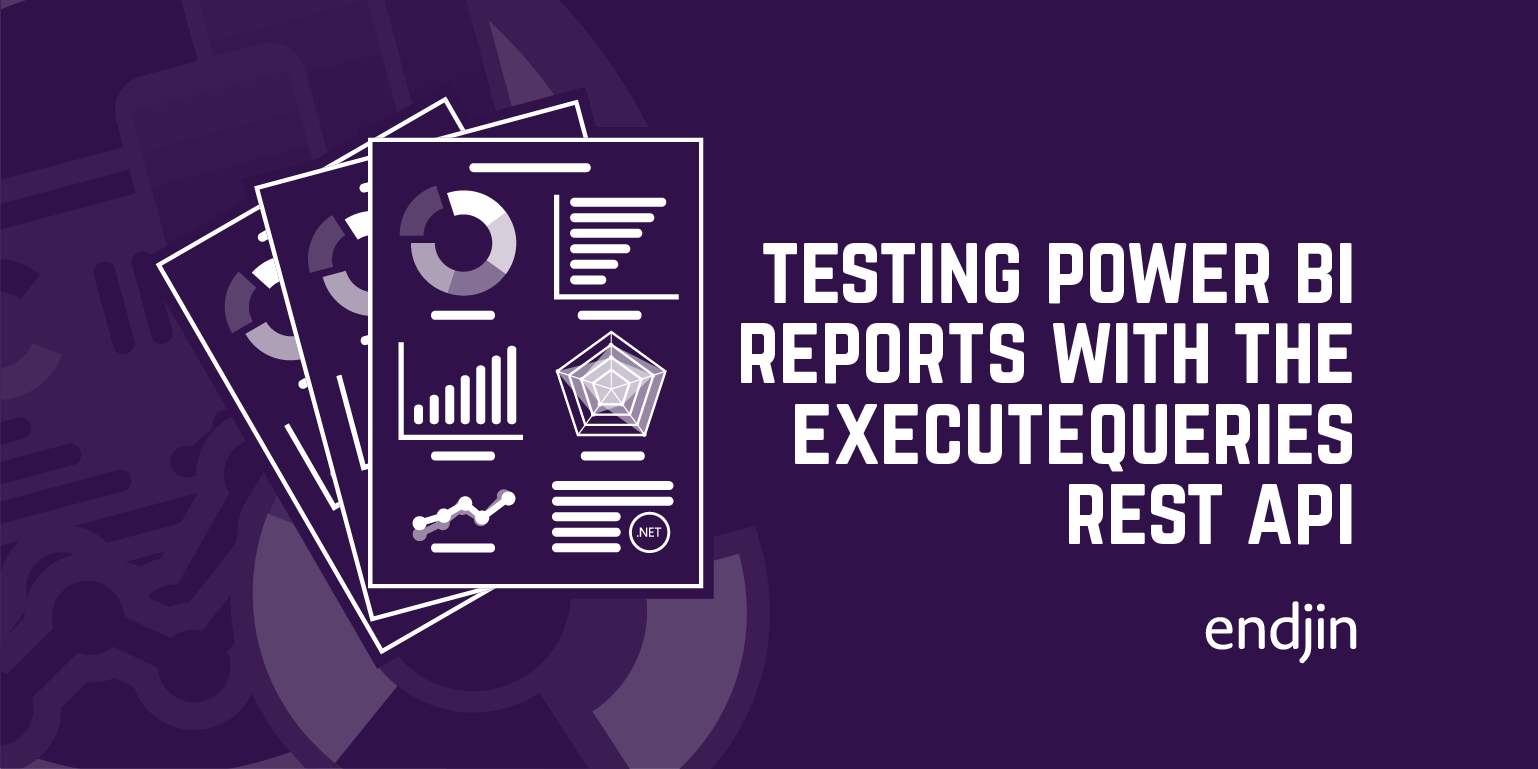
Testing Power BI Reports with the ExecuteQueries REST API
Explore DAX queries for scenario-based testing in Power BI reports to ensure data model validity, rule adherence, and security maintenance.

How to Build a Branded Power BI Report Theme
Explore translating a company's brand into Power BI reports and extending their visual identity to include the Power BI platform.
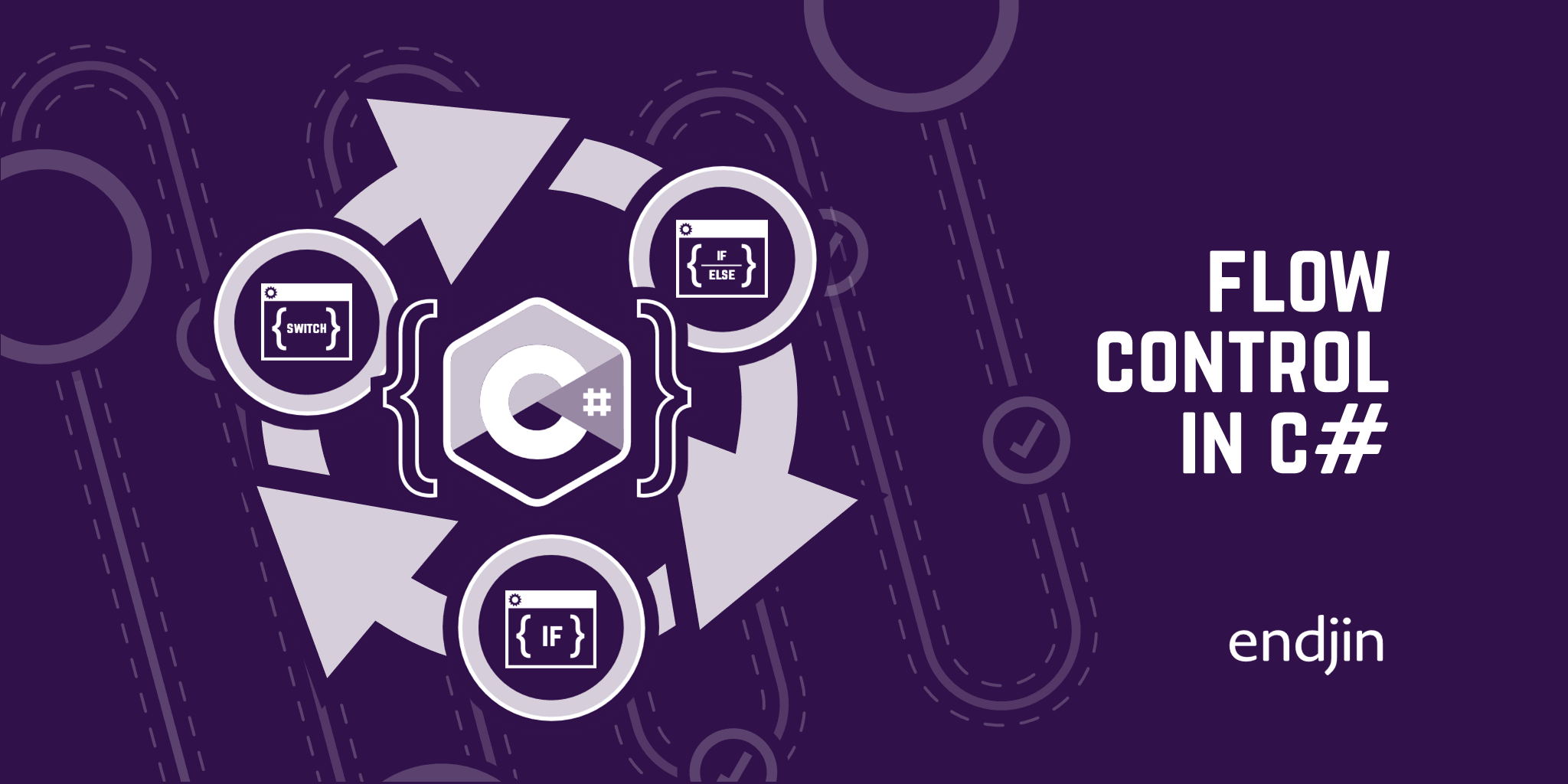
Flow control in C#
This post explains how to control the flow of execution in C# by using if and switch statements and looping with for, foreach, while and do.
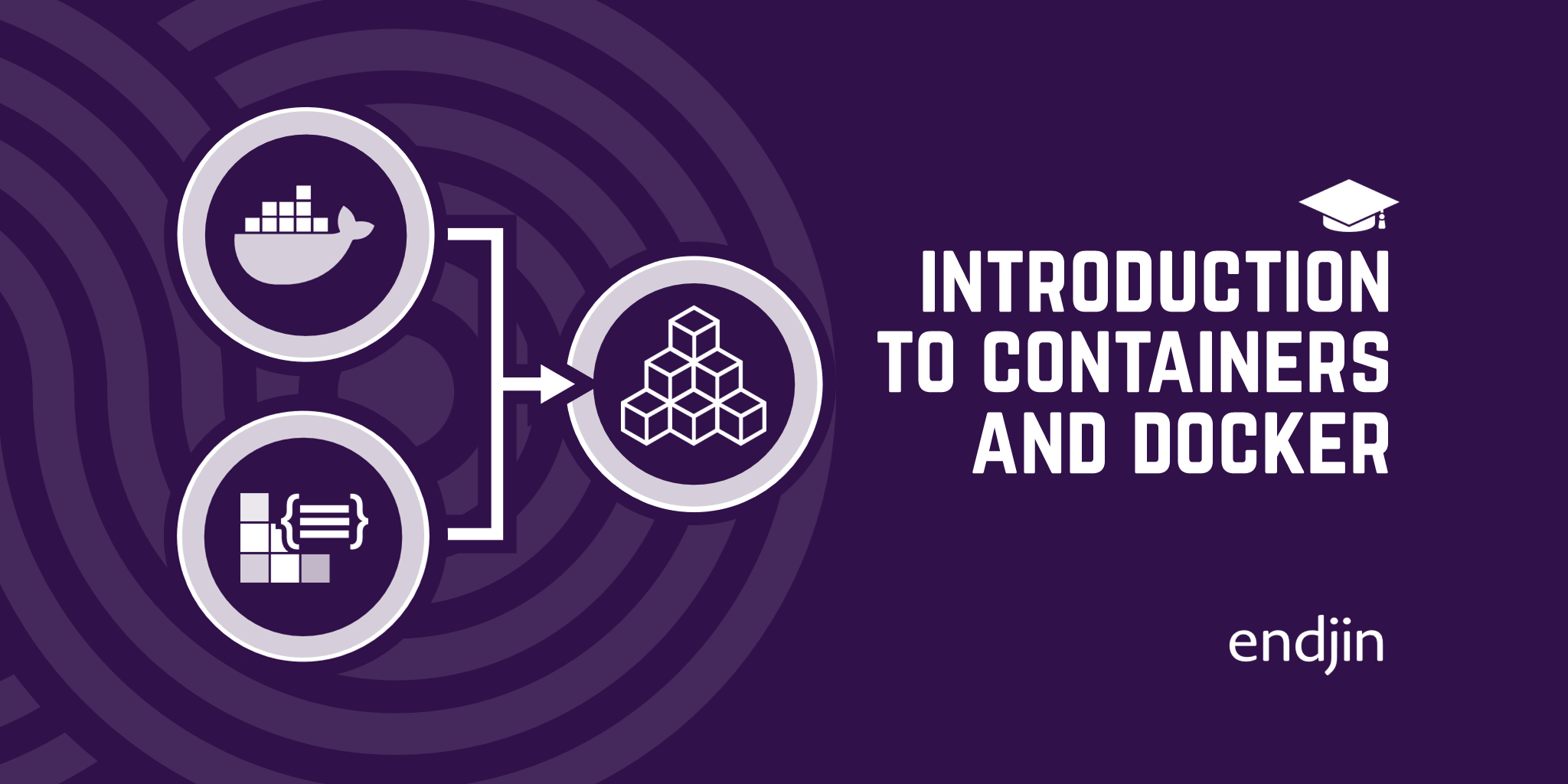
Introduction to Containers and Docker
Explore containerisation & Docker for app development & deployment. Learn to create containerised applications with examples in this intro guide.

Evaluation Contexts in DAX - Filter and Row Contexts
Explore DAX query language in Power BI: learn about Evaluation Contexts and their impact on code for improved formula results.
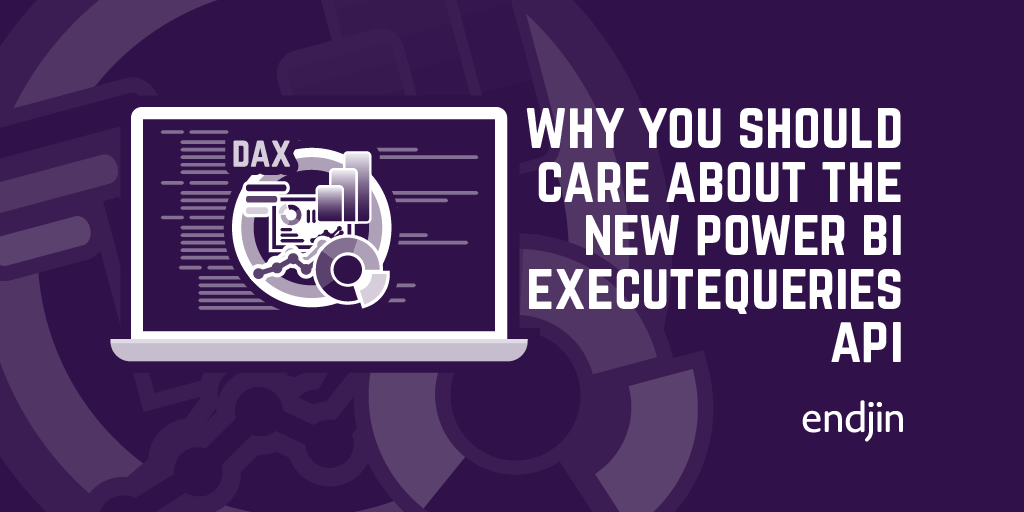
Why you should care about the Power BI ExecuteQueries API
Explore the benefits of Power BI's new ExecuteQueries REST API for developers in tooling, process, and integrations.

How .NET 6.0 boosted Ais.Net performance by 20%
When we tested endjin's AIS.NET library on .NET 6.0, we were delighted to see substantial performance gains, with no extra work required.
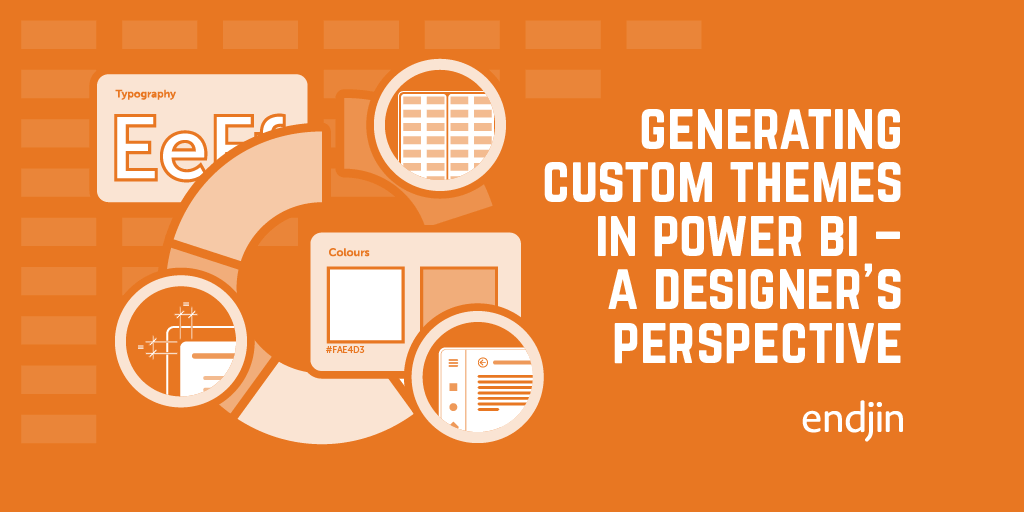
Generating custom themes in Power BI – A designer's perspective
Explore custom Power BI themes and learn tips for styling reports, pushing beyond your comfort zone for enhanced data visualization.
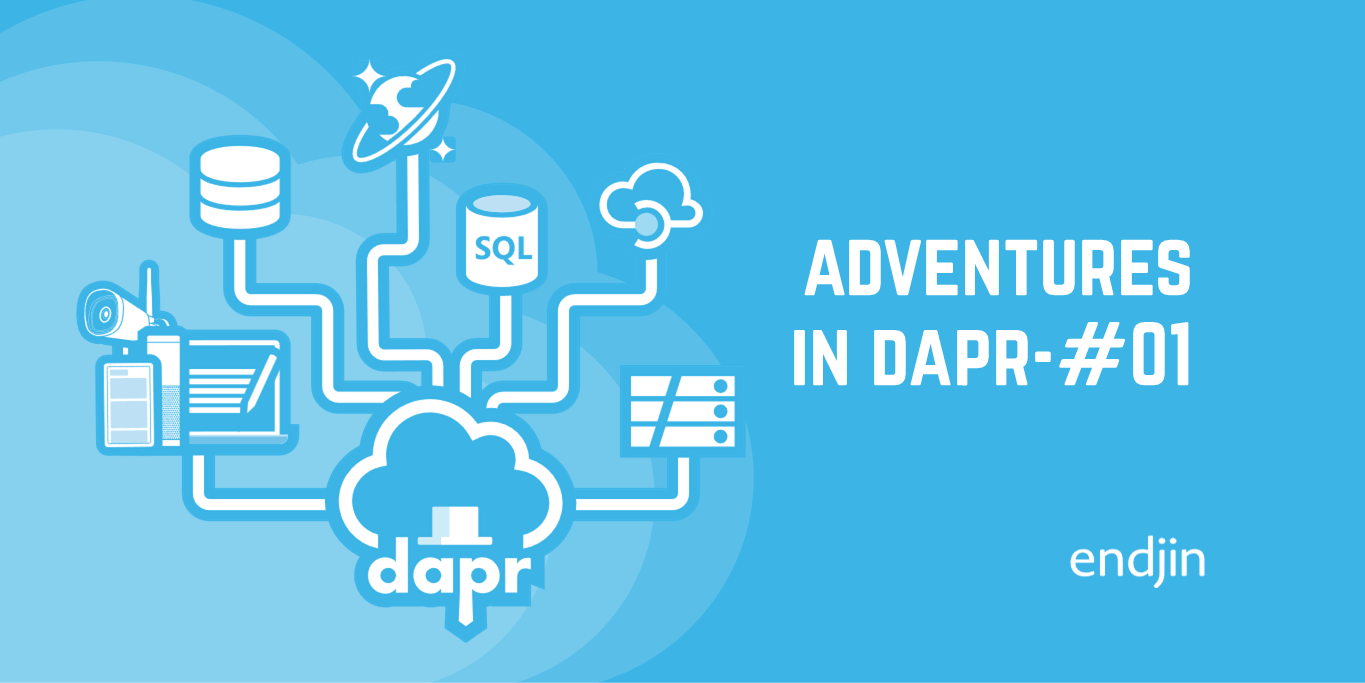
Adventures in Dapr: Episode 1 - Azure Service Bus
Explore Dapr for migrating workloads to cloud services. Learn to enable PaaS Pub-Sub with Azure Service Bus using the Dapr Traffic Control sample app.
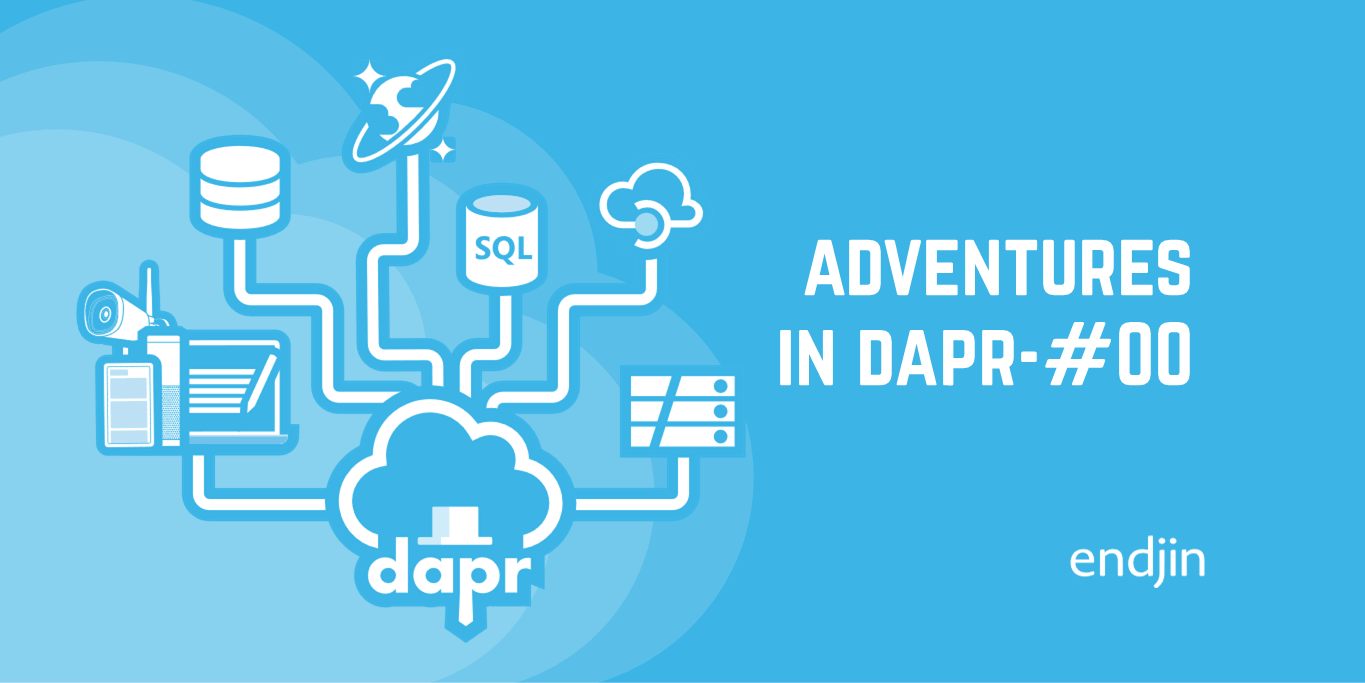
Adventures in Dapr: Episode 0 - Introduction
Explore Dapr's role in simplifying cloud migration using Azure services, based on the Dapr Traffic Control sample app.
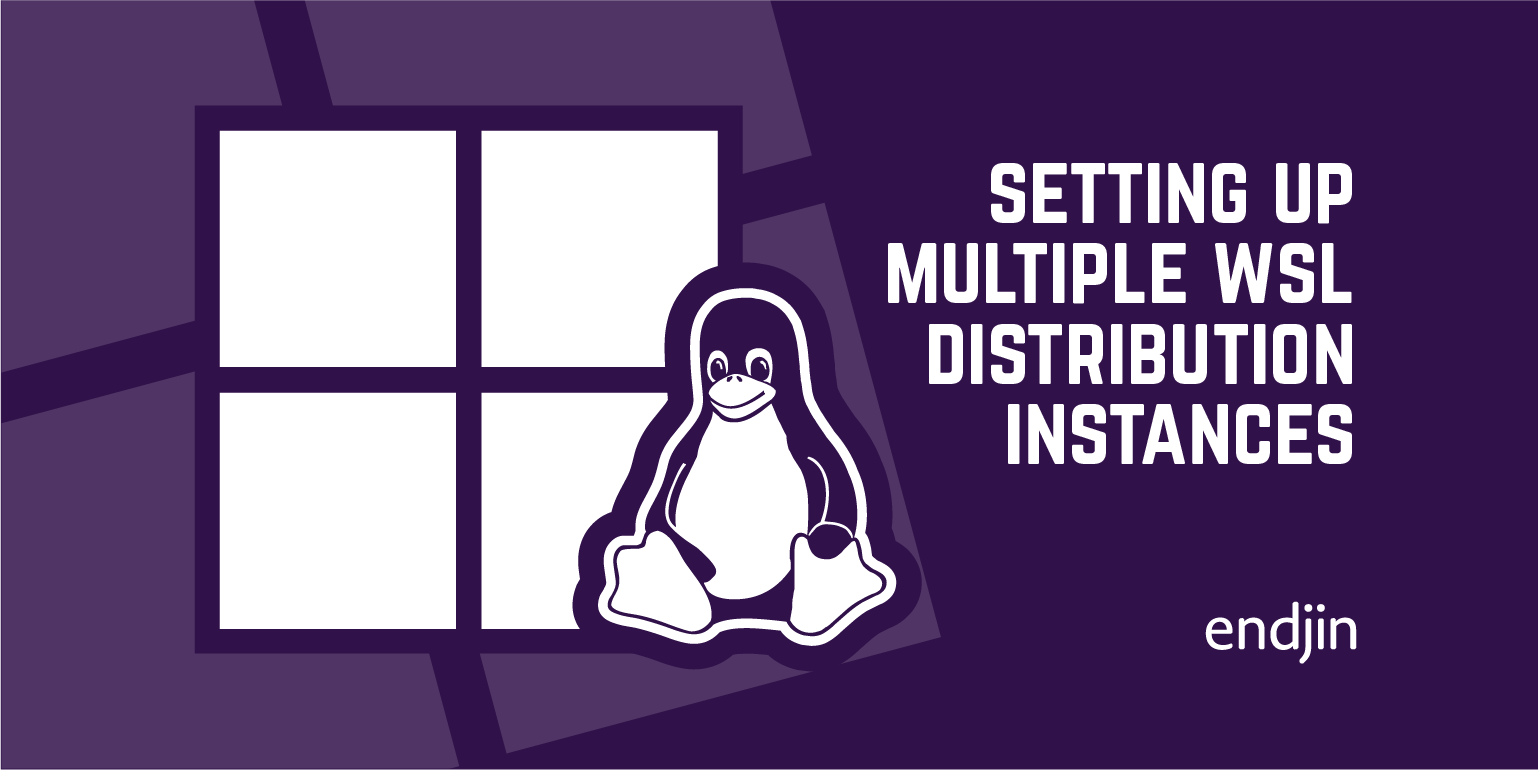
Setting up multiple WSL distribution instances
This blog post explains how to set up multiple instances of a Linux distribution in the Windows Subsystem for Linux.
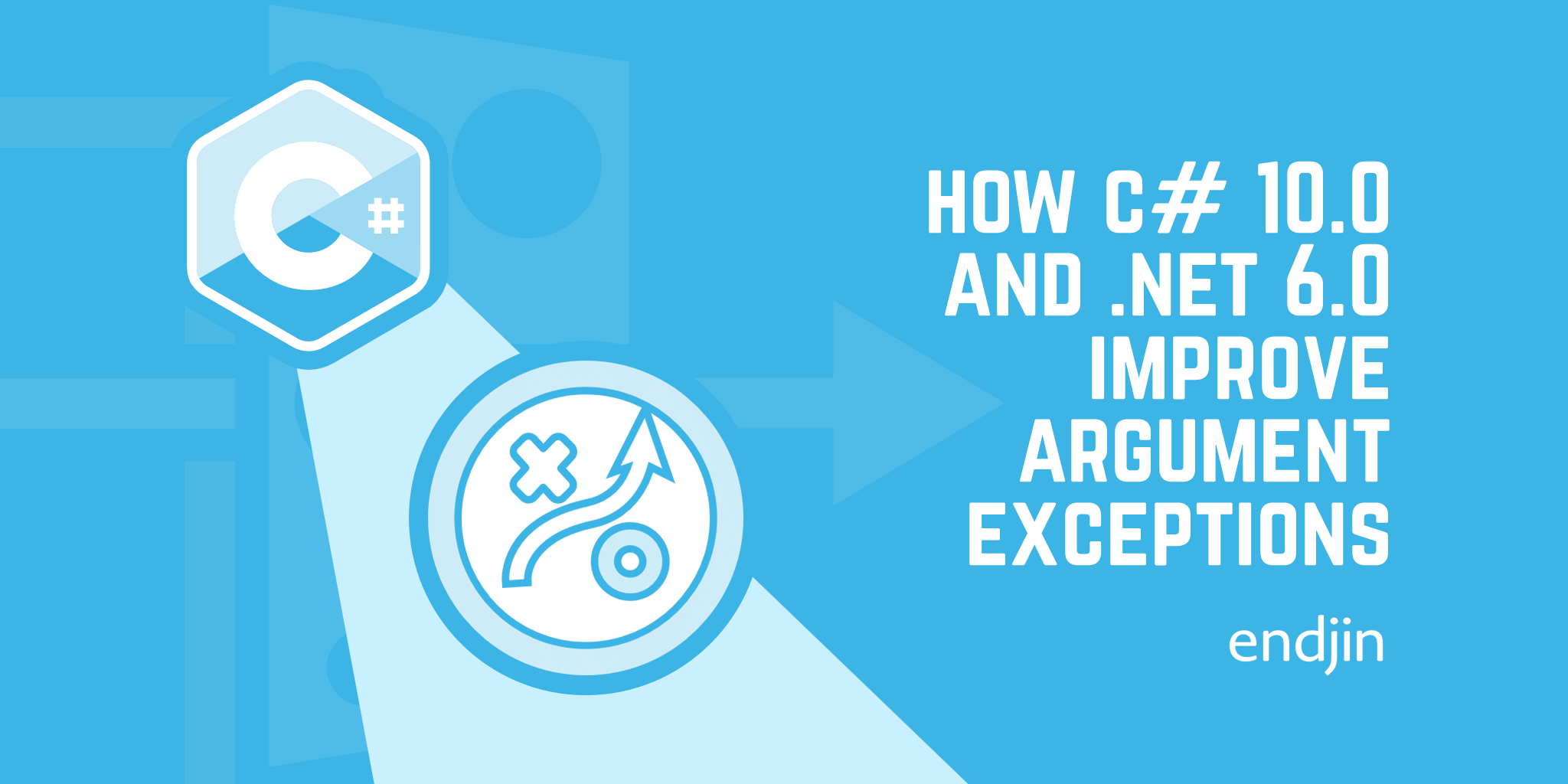
How C# 10.0 and .NET 6.0 improve ArgumentExceptions
C# 10.0's support for CallerArgumentExpression and some new helpers in .NET 6.0 make throwing argument exceptions more succinct and less error prone.
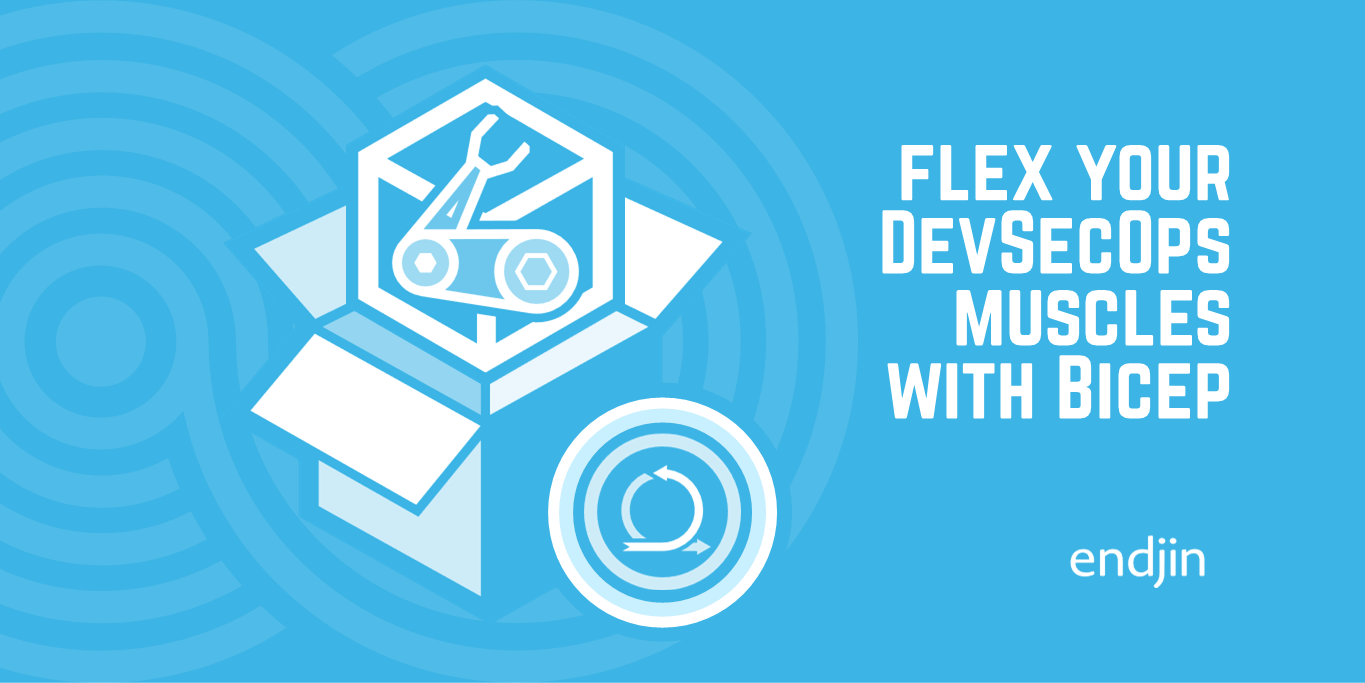
Flex Your DevSecOps Muscles With Bicep (and get started with our cheat sheet)
Bicep provides a significant improvement in tooling for organisations seeking to deploy infrastructure as code on Microsoft Azure.
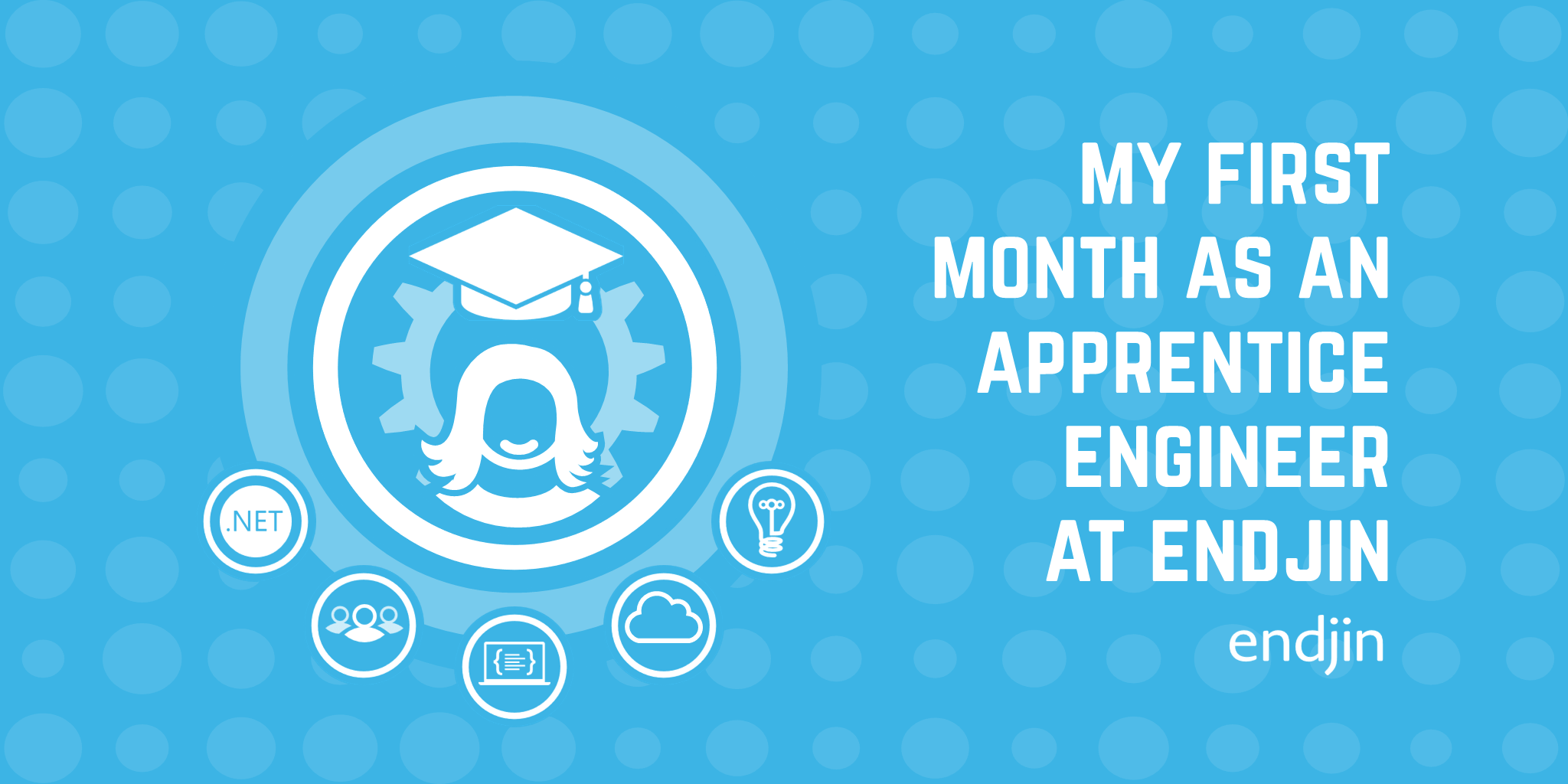
My first month as an apprentice software engineer at endjin
In this post, Jessica reflects on her first month as an apprentice software engineer at endjin
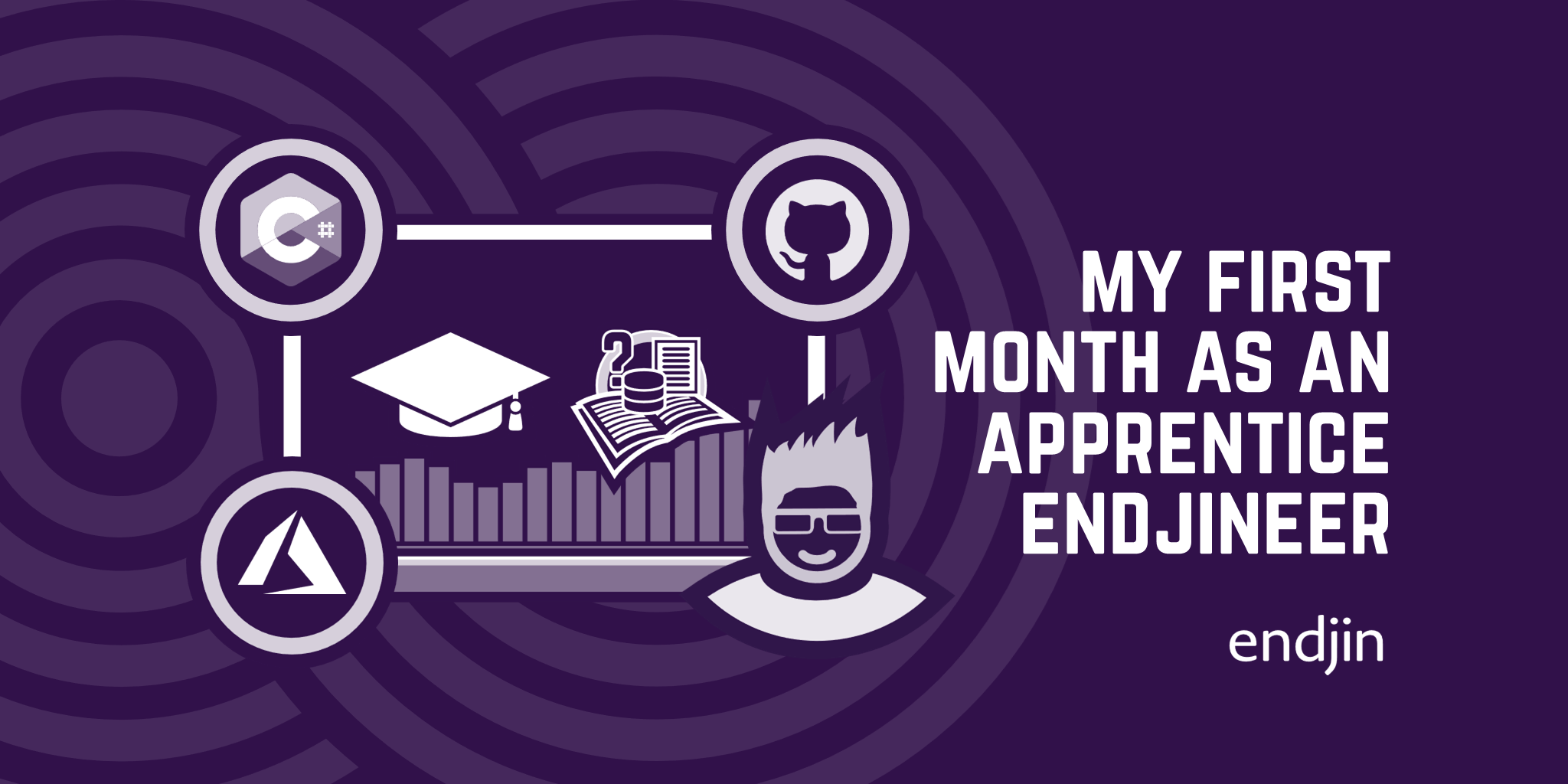
My first month-and-a-bit as an apprentice at endjin
Liam joined endjin as part of the Software Engineering Apprenticeship 2021 cohort. In this post he reflects on his first month and looks to the future.
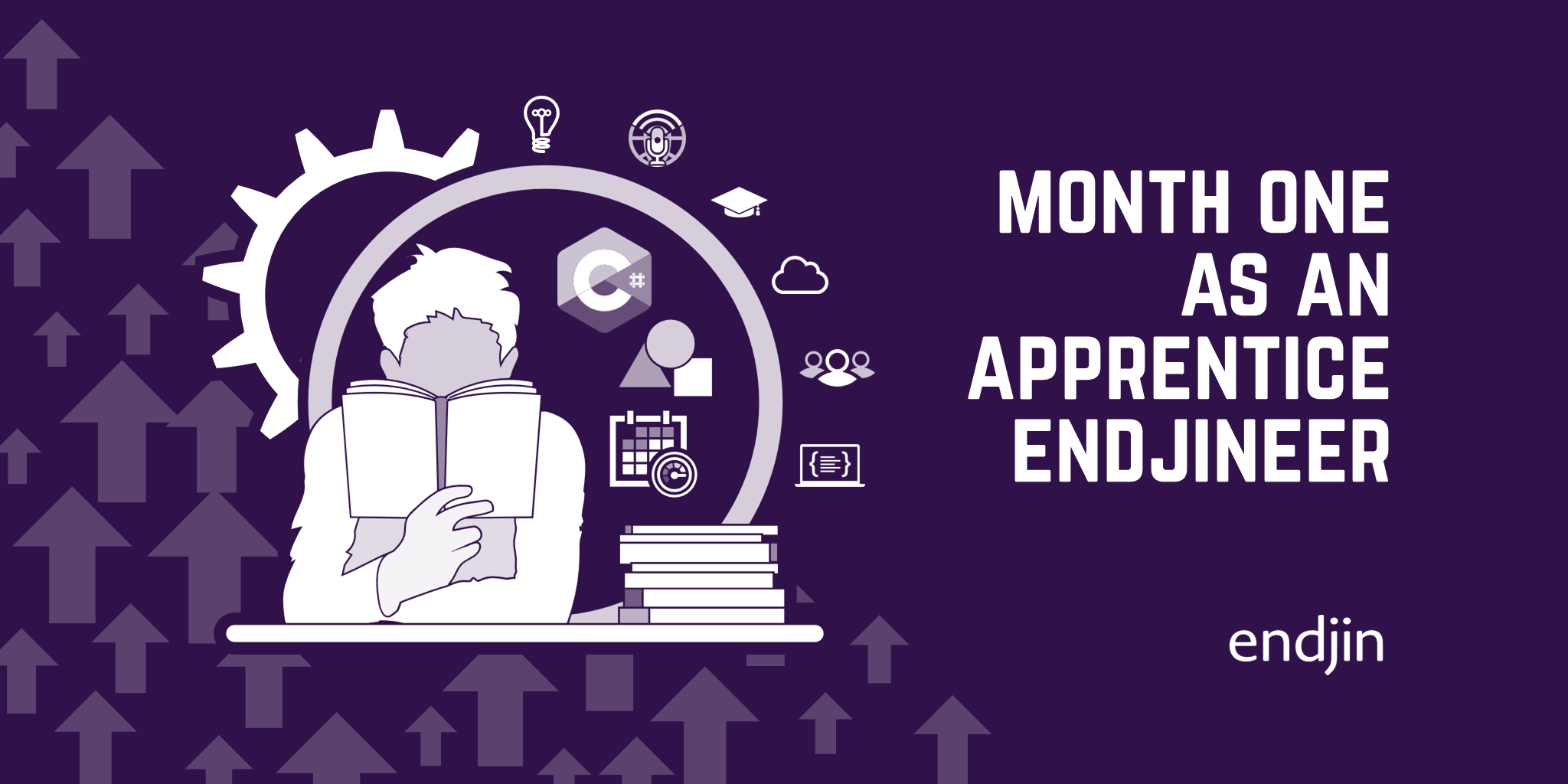
Month one at endjin
In this post, Nehemiah reflects on his first month at endjin as an apprentice engineer.
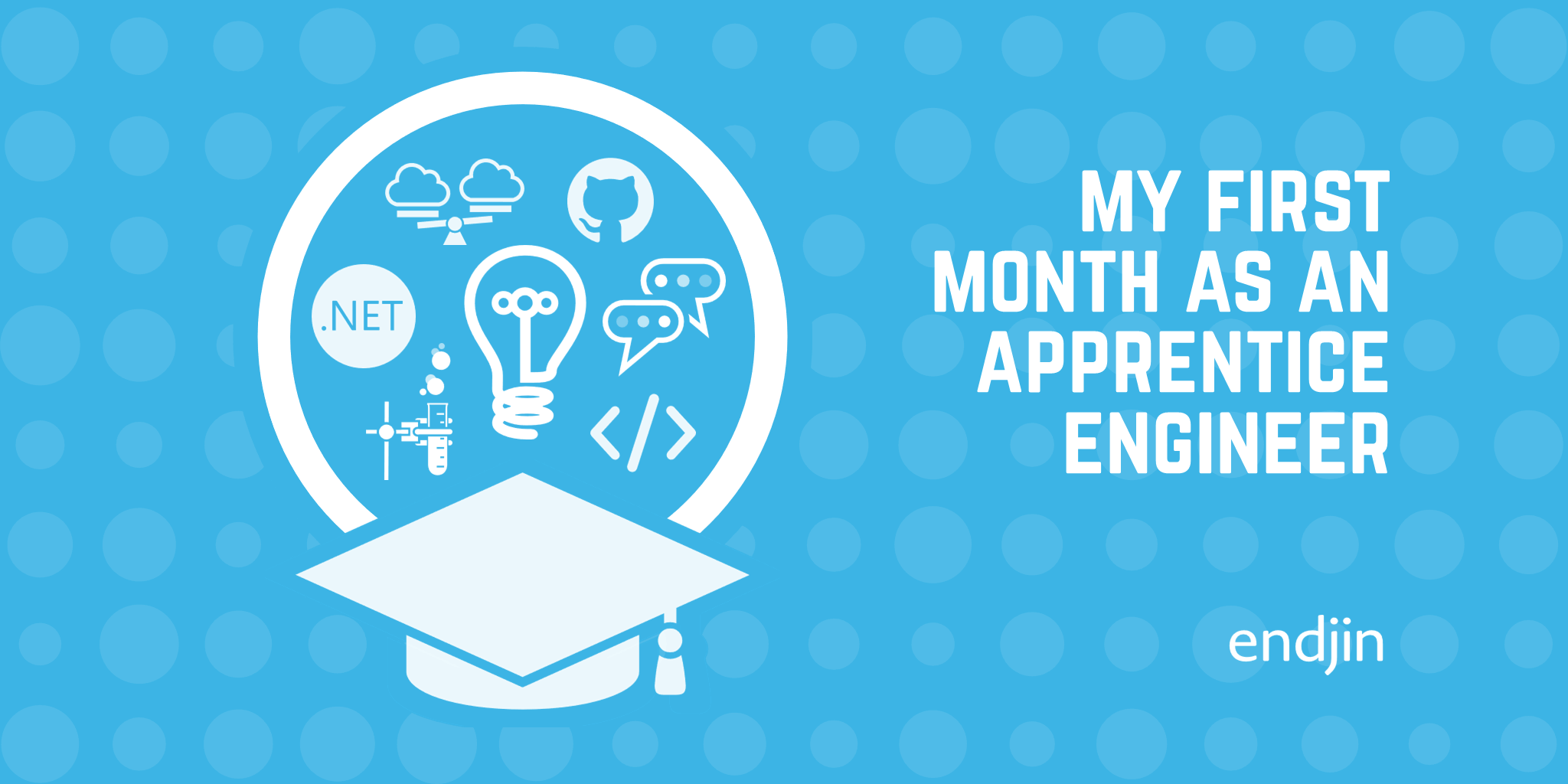
My first month as an Apprentice Engineer
Eli joined endjin as part of the Software Engineering Apprenticeship 2021 cohort. In this post she reflects on her first month.

Charlotte's Internship Blog
Charlotte is going into her second year of Computer Science at the University of York. In this post she describes her summer internship.
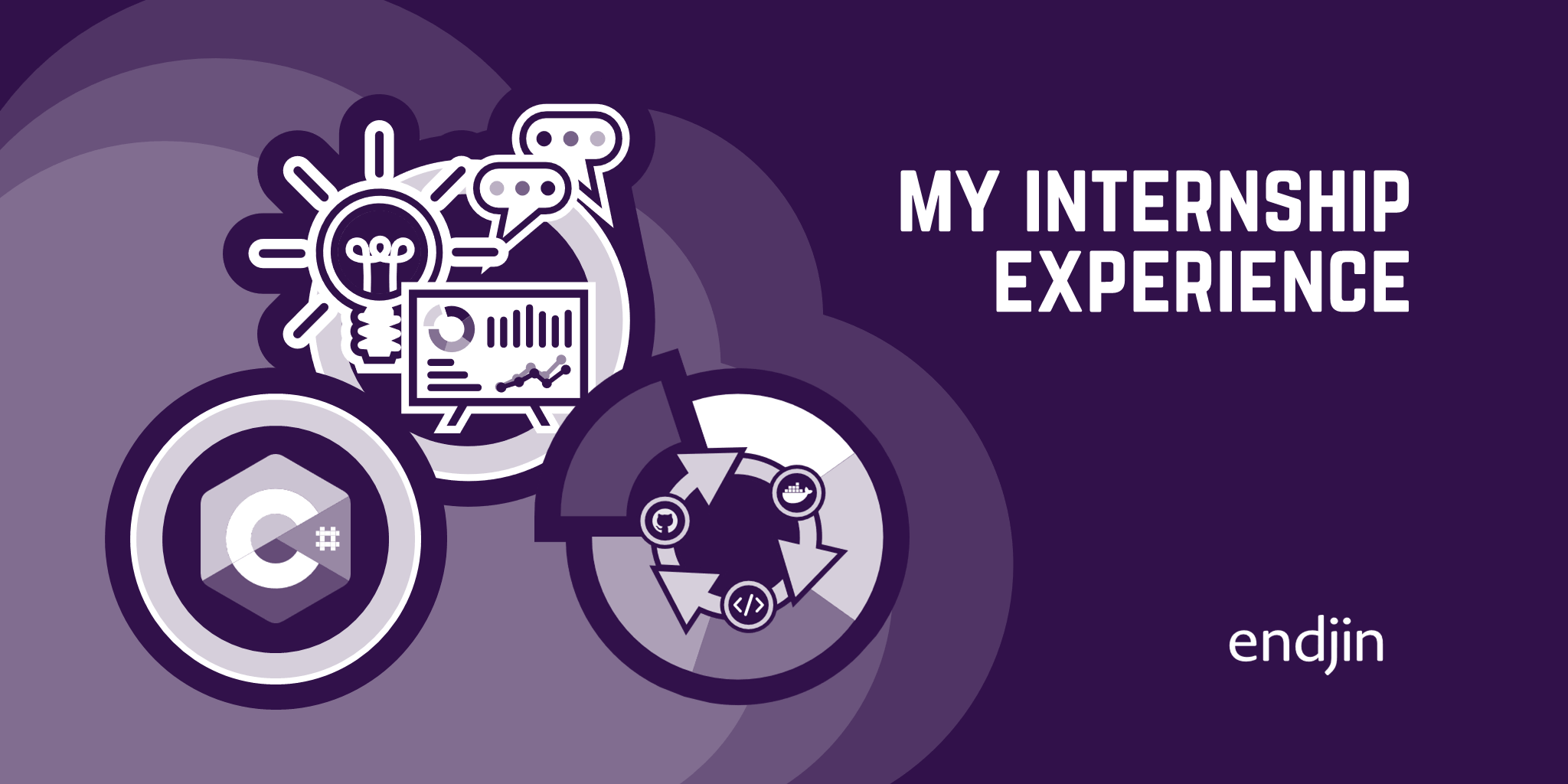
My internship experience
Klaudia studies Electronic Engineering at University of Southampton, and reflects on her two month internship.
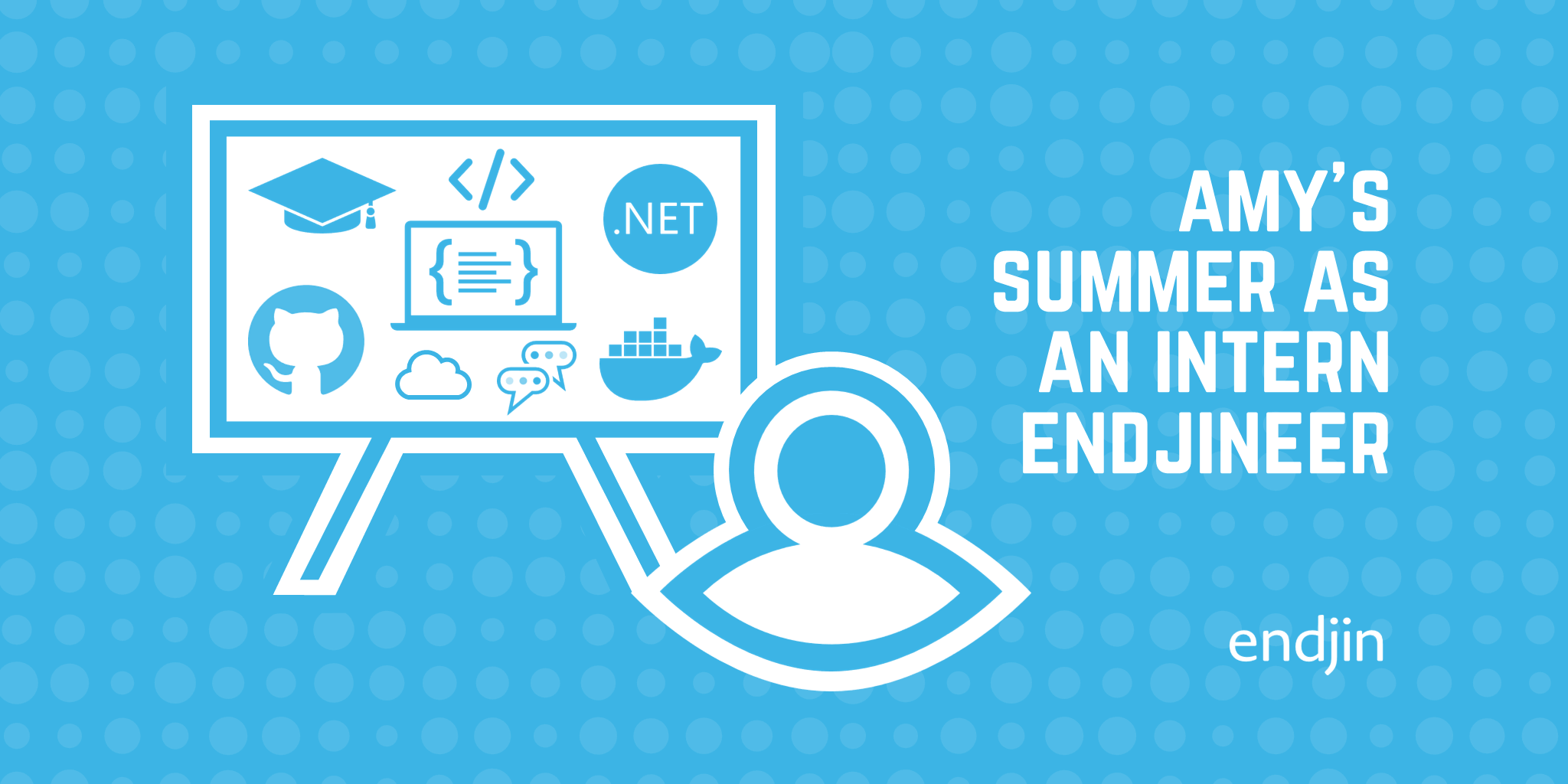
Amy's summer as an intern endjineer
Amy is studying Biomedical Engineering University of Reading, and reflects on her two month summer internship at endjin learning C# and Python, and working on a data science project.